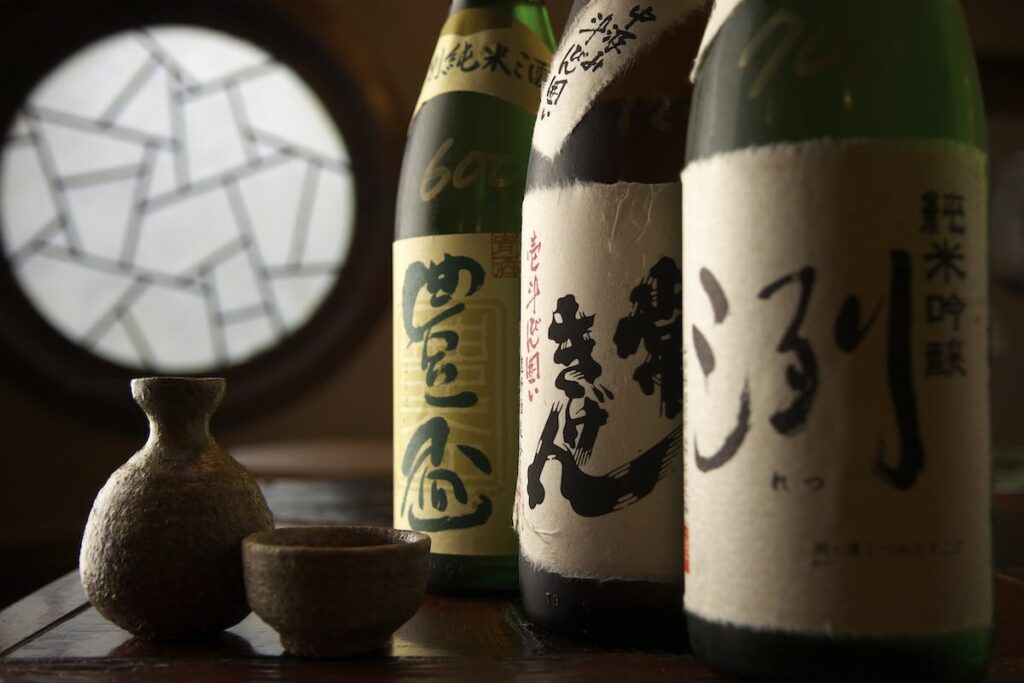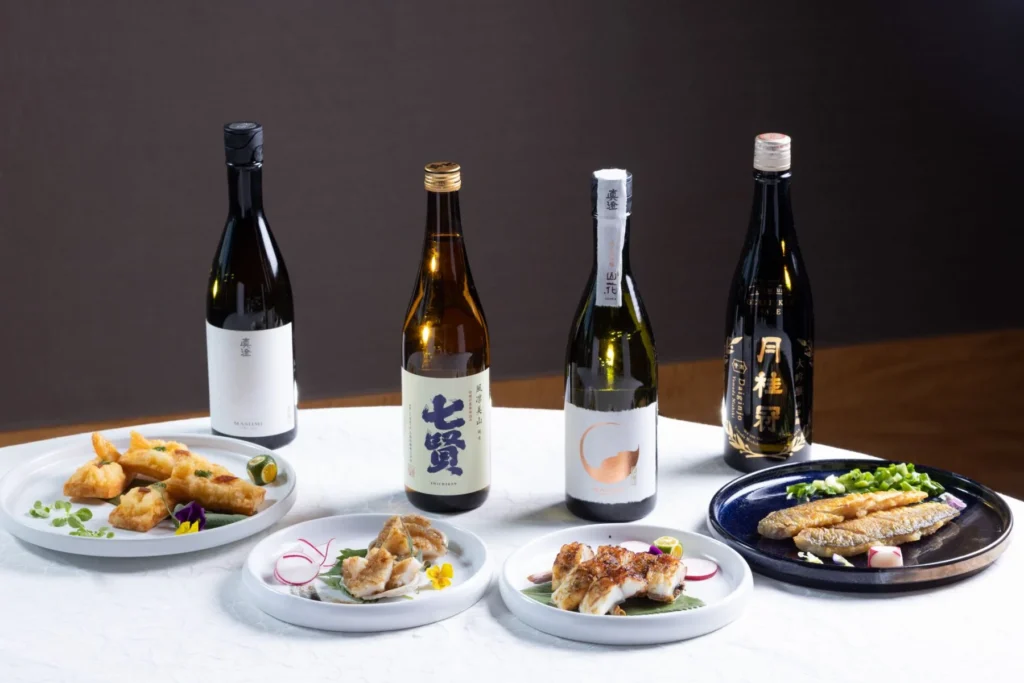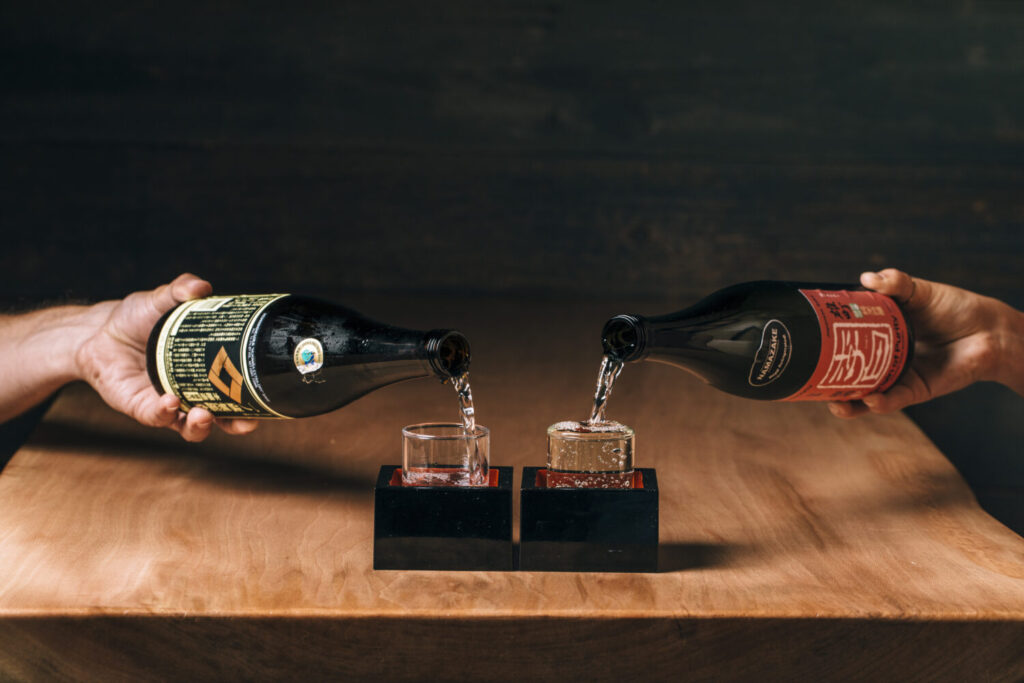
Originating from the Land of the Rising Sun, sake is more than just a beverage—it’s an integral part of Japanese history, culture, and culinary tradition. Made from fermented rice, water, and a unique mold known as koji, sake is often referred to as rice wine, although its production process shares more similarities with beer brewing. It boasts a diverse range of flavors, styles, and grades, each offering a unique tasting experience. Understanding these nuances is the first step towards earning your Sake Professional Certification.
Knowledge of this drink goes beyond history. It extends to the very basics of how this drink is made and classified. From junmai to honjozo, and ginjo to daiginjo, the quality, flavor, and price of this beverage vary based on the rice polishing ratio and brewing method used.
Essential Tasting Techniques for Certification Success

Tasting sake is an art, requiring one to engage all the senses to decipher its subtle complexities. Much like wine tasting, there’s a method to this: observing the color and clarity, swirling and sniffing to appreciate the aroma, and finally, tasting to identify the flavor profile and body. Each of these steps plays a key role in understanding the characteristics of different sakes, a crucial skill for anyone aiming to be a Sake Professional.
The aroma of rice wine, or “ginjo-ka,” can be just as insightful as the taste. Its fragrance can hint at a multitude of elements, including fruity notes like apple or pear, floral essences like jasmine, or even savory ones like soy or mushroom. The intensity and quality of these aromas can provide clues about the sake’s grade and style. Recognizing these olfactory signatures is an essential part of the certification, testing your ability to analyze and articulate a sake’s unique characteristics.
Taste, however, is the ultimate judge. Sweet or dry, light or full-bodied, complex or simple—the flavor profile of sake is influenced by multiple factors, such as the rice variety, water quality, fermentation process, and maturation period. Fine-tuning your palate to distinguish these subtleties is critical. It’s not only about identifying whether you enjoy the rice wine but also about understanding why..
Mastering Production Methods and Ingredients
Sake brewing is a meticulous process, balancing tradition with innovation. Every step, from selecting the rice and water to the fermentation and aging, impacts the final product’s taste, aroma, and quality. Understanding these production methods is fundamental to gaining your Certification.
The primary ingredients are rice, water, koji, and yeast. The rice used for brewing, known as Sakamai, is distinct from the rice used for eating. There are several varieties of Sakamai, each imparting unique characteristics to the rice wine. Water, too, plays an essential role, in affecting the taste and quality of this beverage. The preferred water for brewing is soft water, low in minerals. The Japanese even have a term for it, “Miyamizu,” which translates to ‘God’s water.’
The magic happens with the introduction of Koji, a mold that converts rice starch into fermentable sugars. This process, unique to rice wine brewing, is called multiple parallel fermentation. The brewer’s skill in managing this process significantly influences the final product.
Developing Expertise in Sake Pairing and Service

Just like a sommelier pairs wine with food to enhance the culinary experience, pairing sake with the right dish can transform a meal. It pairs well with a wide array of foods, not limited to Japanese cuisine. Its umami-rich flavor profile can complement everything from delicate sushi and sashimi to robust steaks and cheeses.
When pairing sake with food, consider the drink’s sweetness, acidity, umami, and flavor intensity. A robust Junmai might pair well with hearty dishes, while a delicate Ginjo would complement lighter, more refined flavors.
Service is another aspect that a sake professional must master. It can be served at a range of temperatures, from chilled to warm, depending on the type and quality of the rice wine, as well as personal preference. Each temperature unlocks different flavor profiles and aromas. Understanding these nuances and effectively communicating them to consumers is a key component of the certification exam.
Navigating Styles and Regional Varieties
Each region in Japan, from Hokkaido in the north to Kyushu in the south, produces sake with distinct characteristics. This diversity stems from regional variations in climate, water sources, local rice varieties, and traditional brewing methods. For example, Niigata is known for its light, dry sakes that reflect its snowy climate, while Hiroshima produces a softer, more aromatic kind thanks to its famously soft water.
Additionally, the brewing style significantly contributes to the flavor and texture of sake. Traditionally brewed Kimoto or Yamahai styles present higher acidity and umami, whereas modern brewing techniques produce cleaner, more refined tastes.
Exam Preparation and Study Strategies for Sake Certification

The certification exam tests a broad range of knowledge—from history and culture to tasting, brewing, and serving. Organizing your study materials into these categories can help ensure you cover all the necessary topics. Creating flashcards for important terms and concepts, such as sake grades and styles, can also aid memorization.
In addition to studying the theory, practical experience is invaluable. Try to taste as many different types of rice wine as possible, noting each aroma, flavor, and characteristic. If possible, visit breweries to gain first-hand knowledge of the brewing process.
Finally, practice answering past exam questions or engage in discussion with fellow sake enthusiasts to test your understanding and application of the knowledge. Remember, the goal of the Sake Professional Certification is not only to pass an exam but also to cultivate a deep appreciation and understanding of this unique beverage. With the right approach and plenty of practice, you’ll be well on your way to becoming a certified sake professional.
Conclusion
In conclusion, achieving Sake Professional Certification requires dedication, knowledge, and a deep understanding of the art and science of sake production. By investing in comprehensive education, practicing tasting and evaluation, appreciating the cultural aspects, networking with industry professionals, and continuing to learn and explore, individuals can increase their chances of success in obtaining the certification. Sake Mastery is an ongoing journey that extends beyond certification, with the pursuit of knowledge and improvement being key to becoming a true expert in the world of sake.




